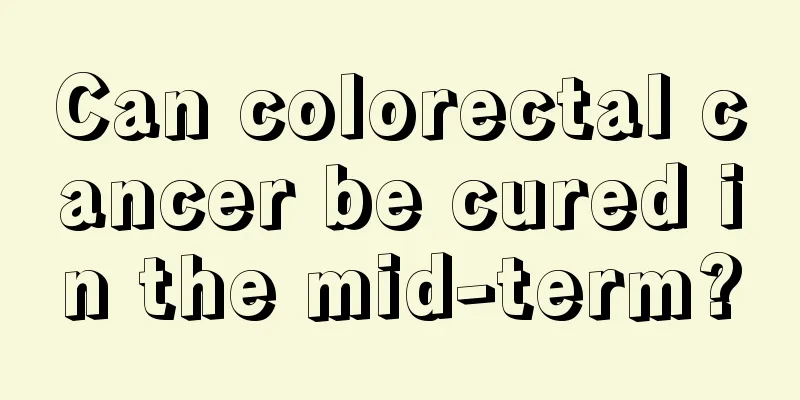There are bubbles in the honey

|
Most people are afraid of buying fake honey because fake honey has a certain impact on human health. Therefore, when buying honey, they will pay special attention when there are some abnormal conditions in the honey. Some people find a layer of bubbles on the surface of the honey after buying it and bringing it home. Although honey is unlikely to spoil, it still cannot be ignored. Is it normal if there are bubbles on the honey? Pure natural mature honey has a layer of white bubbles on it, but processed honey does not. But it is beautiful, and pure natural mature honey will produce bubbles when shaken. This kind of bubbles will basically disappear after a few hours of standing. This does not mean that the quality of the honey has changed. If there are no bubbles, it may not be pure natural honey, because these bubbles will disappear after processing. There are generally two reasons why pure natural mature honey has bubbles: There are four to seven kinds of proteins in honey, and the content of them is generally 0.2%-1%. These have a certain impact on the color and turbidity of honey, and can cause honey to bubble, affecting the appearance and packaging of honey. Finely filtered honey can filter out the protein; The antibacterial substance in honey is hydrogen peroxide. The glucose in honey produces hydrogen peroxide under the action of glucose oxidase. Hydrogen peroxide is very unstable, especially in the summer, when it produces oxygen, making the honey foamy. But honey is pure natural. High temperature treatment can reduce the enzyme in honey and no bubbles will be produced. If you quickly turn over the honey bottle, you can see bubbles rising from the bottom. If the bubbles rise very slowly, the quality of this honey product is better, because this shows that the density of the honey is relatively large. Because honey contains a lot of sugar and has a high osmotic pressure, osmophilic yeast and high-sugar-tolerant yeast are the most common microorganisms in honey. Osmophilic yeast prefers a temperature of 25-37 degrees. It can multiply in large quantities when the moisture content of honey is high and the temperature is suitable. Fermentation produces foam that is difficult to remove, which is the main reason for bubbles in honey. It also converts the sucrose in honey into ethanol, and sometimes converts ethanol into acetic acid, which affects the taste of honey. |
<<: What to do if honey attracts ants
>>: How to make honey lipstick
Recommend
What is the TCM treatment method for breast cancer after surgery
What is the TCM treatment method after breast can...
My waist is a little sore, what's going on?
The waist is a very important part of our body. B...
What methods does TCM use to treat weakened spleen function
Traditional Chinese medicine is the crystallizati...
Hallux valgus correction exercise method
The symptom of hallux valgus is best corrected be...
Can the hard lumps of carbuncle be eliminated
The occurrence of boils is mostly related to poor...
Is it serious if urine turns orange?
If the color of urine is orange, you should pay a...
Is donating blood harmful to health?
There are many rumors that donating blood is harm...
What are the precautions before colorectal cancer surgery
Many people often have some negative psychologica...
What happens if you smoke after liposuction
A person's facial features have more or less ...
Endometrial cancer medication selection
Endometrial cancer is one of the common gynecolog...
Should people with bile duct cancer exercise?
After surgery, patients with gallbladder cancer s...
What are the most common symptoms of brain cancer?
People are more concerned about the symptoms of b...
Introduction to nursing methods for drainage tubes after bladder cancer surgery
Bladder cancer is a common disease, and the numbe...
What are the nursing methods for pancreatic cancer after surgery
In recent years, pancreatic cancer has become one...
What kind of tea is jasmine tea
Jasmine tea is actually a kind of scented tea, wh...









